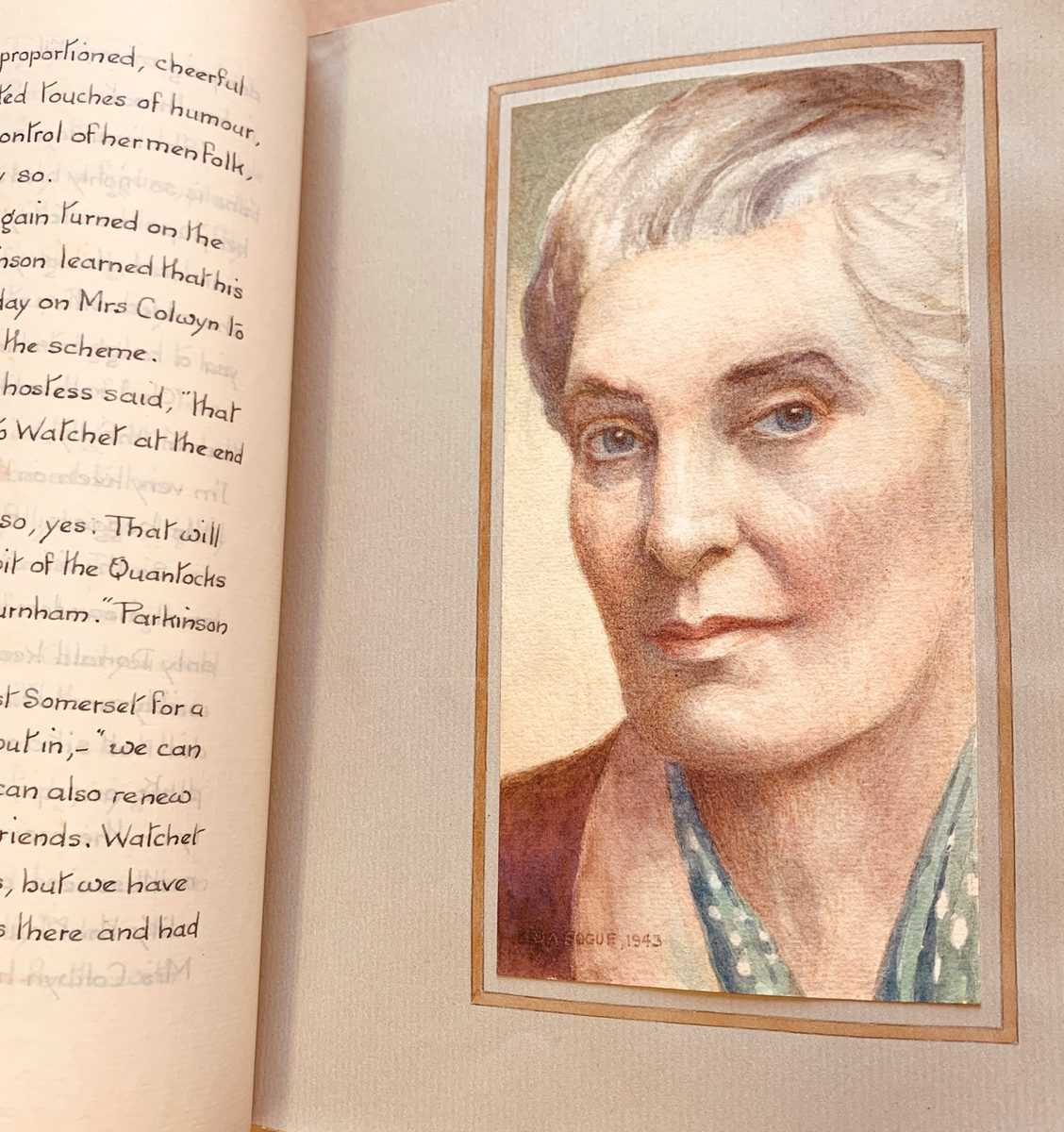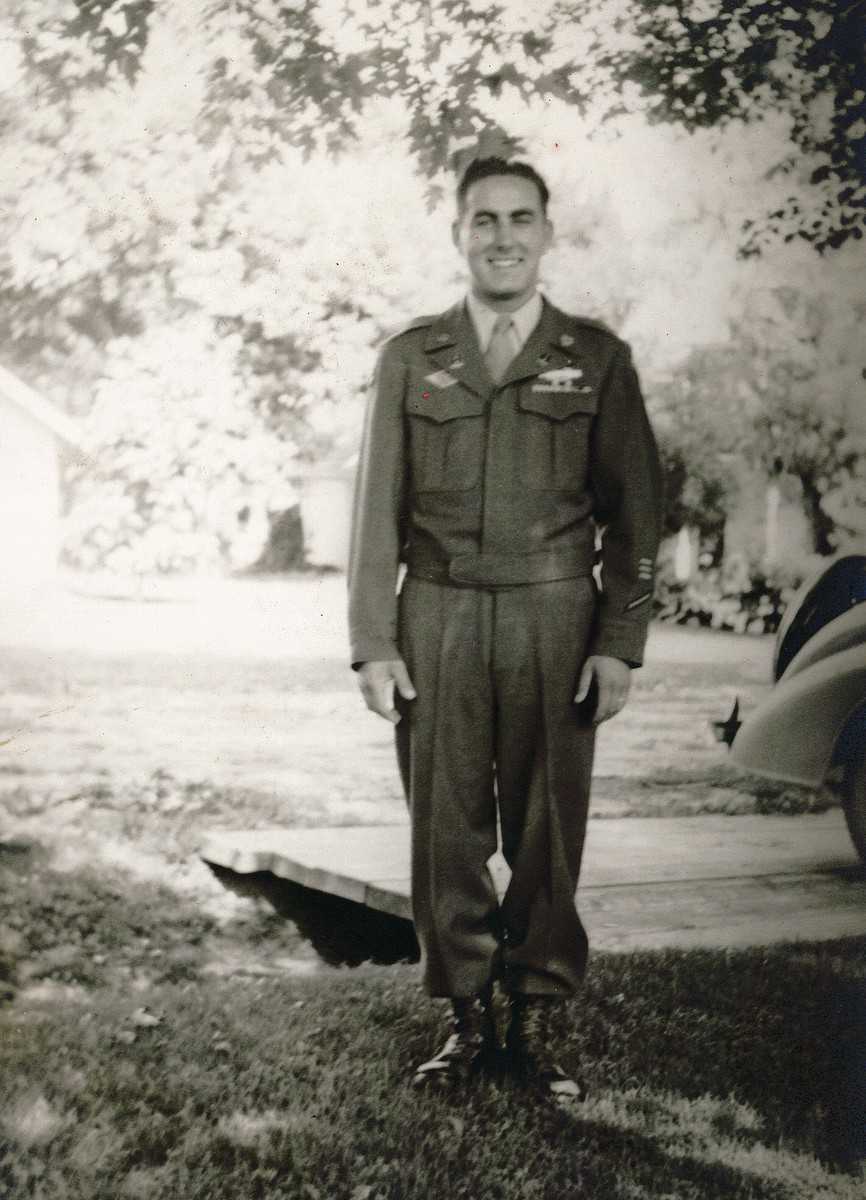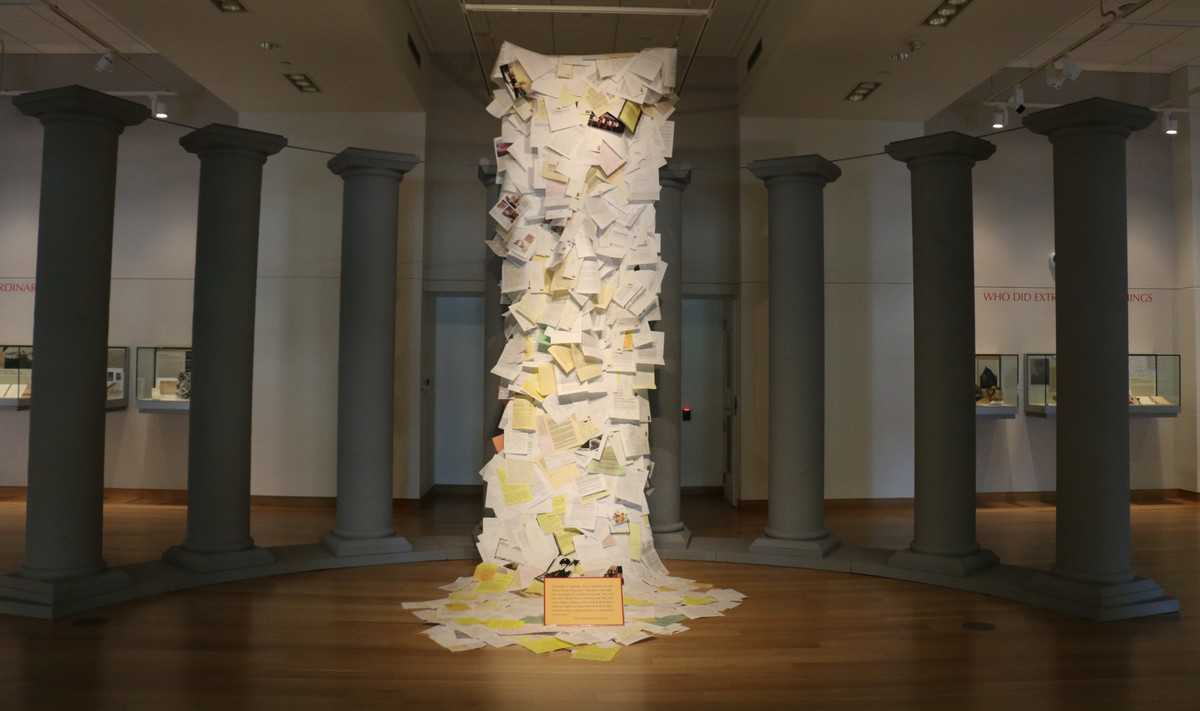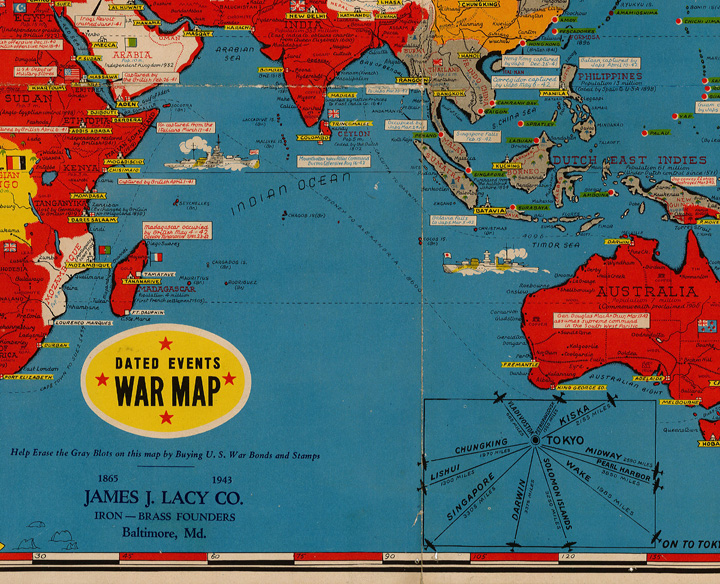The following is written by Academic Outreach Coordinator Kathryn Reuter Mauricio Lasanky was born in Buenos Aires, Argentina in 1914 to Jewish immigrants from Lithuania. Lasansky showed artistic skill from a young age — printmaking was his preferred medium, a choice perhaps influenced by his father, who worked as a printer of banknote engravings. AfterContinue reading “Art From Tragedy: Mauricio Lasansky’s The Nazi Drawings”
Tag Archives: wwii
Ida Bogue’s Handmade Adventure
The following was written by Curator of Books and Maps Eric Ensley As the snow begins to melt away in Iowa City, happily we begin to think of nature and adventures along the hills and riverbanks of the countryside. This desire for spring is felt all the more as we live through times of lossContinue reading “Ida Bogue’s Handmade Adventure”
Stories Worth Telling: a talk with WWII Veteran Carroll Steinbeck
Driving along Highway 77, there is a small sign indicating the way to Rubio, Iowa. I nearly miss it, but catch the sign in time to make a sharp turn down what looks to be the main road in this town of 35 people. I pull into Carroll Steinbeck’s driveway. He’s waiting for me, announcingContinue reading “Stories Worth Telling: a talk with WWII Veteran Carroll Steinbeck”
New Exhibit Tells Stories Worth Telling
Throughout the history of journalism, there have been different mediums in which writers tell their stories. Print, TV and radio have all dominated the journalistic world at one point in time, and while there are many forms to share information, Special Collections explores Tom Brokaw’s stories from the greatest generation through an exhibit, Stories WorthContinue reading “New Exhibit Tells Stories Worth Telling”
World War II Map of Occupied Countries
Today is Veterans Day so we want to share this 1943 map of occupied countries, noted in gray. The legend reads: “Help erase the gray blots on this map by buying U. S. war bonds and stamps.” This map is part of the John N. Calhoun Papers. Calhoun lived in Burlington, Iowa. After earning his lawContinue reading “World War II Map of Occupied Countries”
The U.S. Goes to War – and the War Comes to Iowa III.
We are commemorating the 70th anniversary of the U.S. entry into World War Two by highlighting some items in our collections relating to this event. How did Henry A. Wallace, an Iowan and national politician respond to the coming of World War II to the United States? A look at his official Vice PresidentialContinue reading “The U.S. Goes to War – and the War Comes to Iowa III.”




